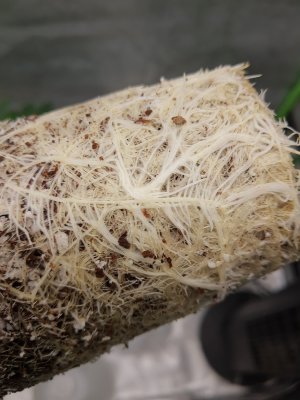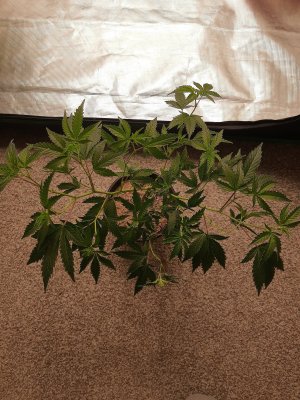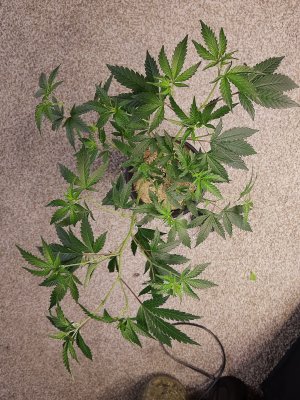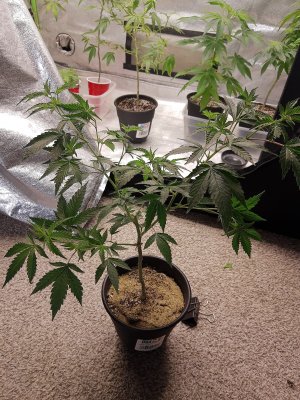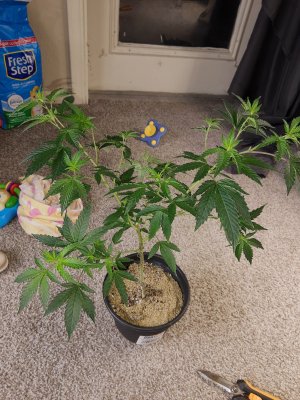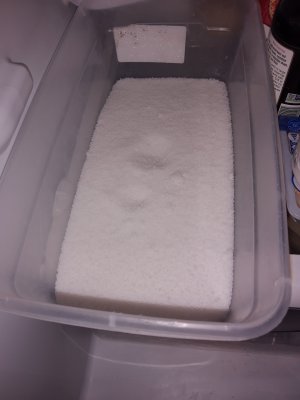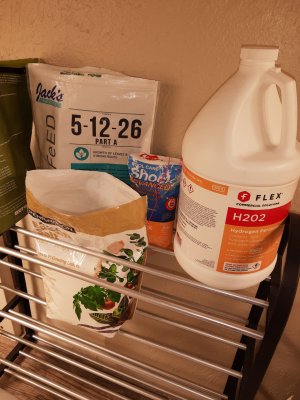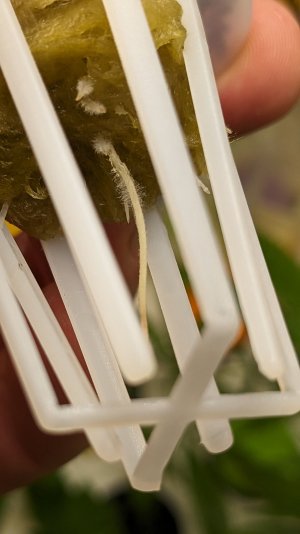Rootsruler
Know it all
- Joined
- Apr 14, 2023
- Messages
- 3,420
- Reaction score
- 15,286
"High levels of water-soluble nitrogen and phosphorus suppresses most mycorrhizal activity because it reduces the mutual needs of the host and the fungus. Plants that experience stress during production often develop a stronger relationship with their associated mycorrhizae. Controlled release and organic forms of fertilizers release their nutrients very slowly and do not increase the water-soluble nutrients in the substrate excessively. If you are accustomed to using an injector for constant feed programs, then use a fertilizer that is low in phosphorus and has a high percentage of nitrate-nitrogen. Consider reducing the 200-300 ppm N to 100-150 ppm N for a comparison. If you must apply a high phosphorus analysis fertilizer, we recommend applying it three or more weeks after inoculation to avoid inhibiting the mycorrhizal colonization."
Does this suggest that in the first few weeks of veg low N and P ratios are best in establishing a larger network of myco? It was also mentioned that it takes around 8 weeks for full network establishment. This would lead me to believe that while application at up pot is certainly beneficial the time factor in establishment says that application at seedling or clone level is optimal.
Does this suggest that in the first few weeks of veg low N and P ratios are best in establishing a larger network of myco? It was also mentioned that it takes around 8 weeks for full network establishment. This would lead me to believe that while application at up pot is certainly beneficial the time factor in establishment says that application at seedling or clone level is optimal.



